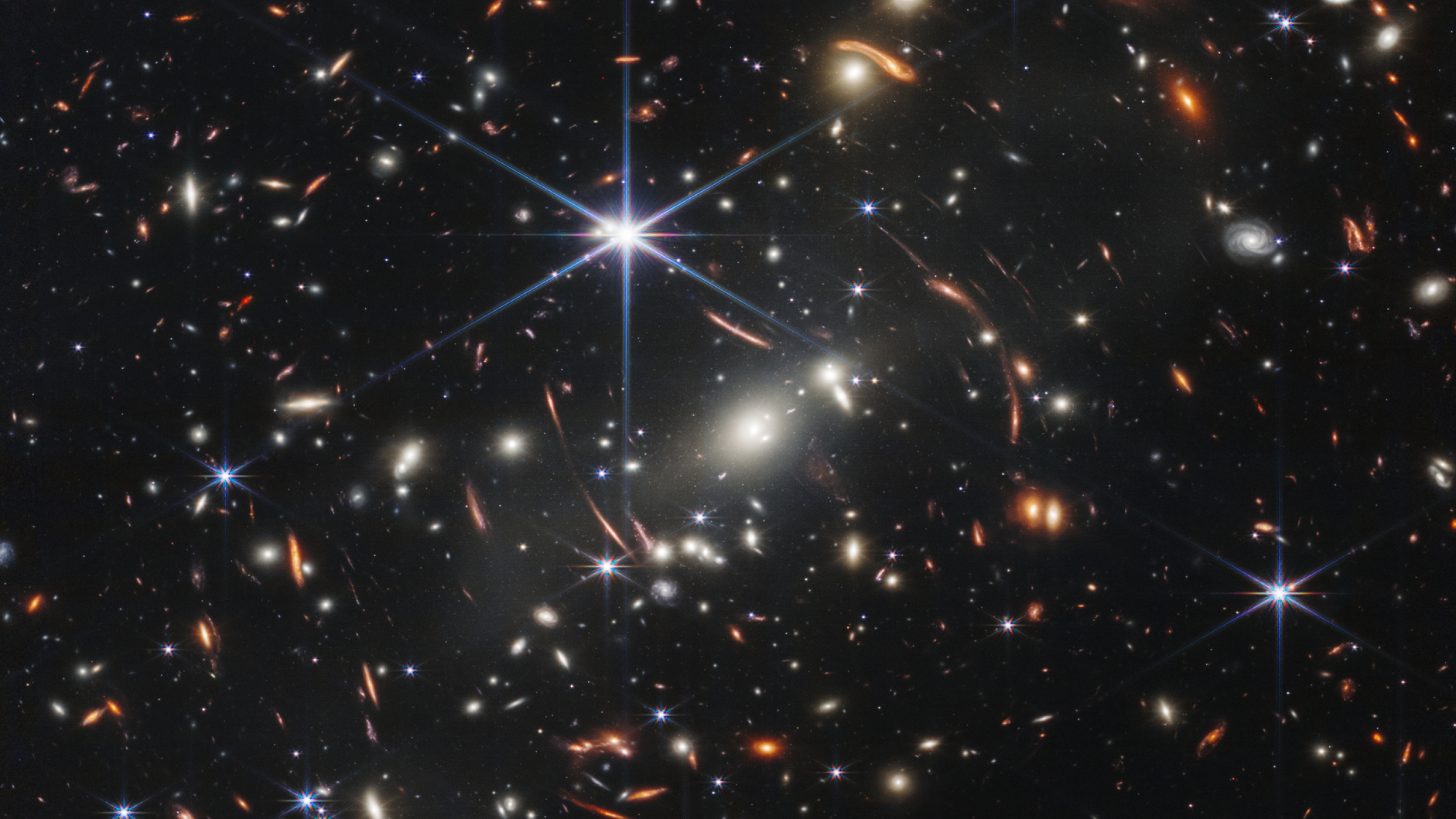Stunning Rainbow Jets from Dying Stars Spied by Hubble (Video)

Rainbow jets of gas blast away from twin dying stars in a gorgeous new photo snapped by the Hubble Space Telescope.
The image, which was released Wednesday (Aug. 26), shows the Twin Jet Nebula. This nebula is the endgame for a pair of stars, each about the mass of the sun, which are shedding dust outward at 621,400 mph (1 million km/h) down the center of two glowing lobes. The European Space Agency's Hubble team also unveiled a new video explaining the awesome colors of the Twin Jet nebula and other dazzling nebula forms.
The Twin Jet Nebula, also called PN M2-9, lies 2,100 light-years from Earth. The larger of its two stars has ejected most of its outer layers and is now collapsing down into a white dwarf, and its smaller companion is already one of these superdense stellar corpses.
As the star collapses, its orbit with the white dwarf companion whips the ejecting gas into a frenzy, blasting out two slowly corkscrewing jets that form the expanding gas into two wings (the blue patches at the center of the lobes).
The two stars circle one another every 100 years, and their motion also forms a smaller bright disk of material, perpendicular to the jets, that the white dwarf pulls out of the collapsing star. That disk is too small to see from Hubble's distance, but it's around 15 times the size of Pluto's orbit, researchers said.
Since the nebula was first imaged by ground-based instruments and Hubble back in the 1990s, the nebula's wings, about 1 light-year in length, have extended farther and farther. Based on their expansion, astronomers estimate the nebula to be 1,200 years old.
Although the system is called a planetary nebula, it has nothing to do with planets. Such nebulas are always caused by dying stars; the name come from the fact that they resembled planets through early telescopes. Only by looking more closely, with powerful magnification, can researchers reveal the complicated structure and detail of the stars' demise.
Get the Space.com Newsletter
Breaking space news, the latest updates on rocket launches, skywatching events and more!
The Hubble Space Telescope was launched by NASA in 1990 and is a collaboration between the U.S. and European space agencies.
Email Sarah Lewin at slewin@space.com or follow her @SarahExplains. Follow us @Spacedotcom, Facebook and Google+. Original article on Space.com.
Join our Space Forums to keep talking space on the latest missions, night sky and more! And if you have a news tip, correction or comment, let us know at: community@space.com.

Sarah Lewin started writing for Space.com in June of 2015 as a Staff Writer and became Associate Editor in 2019 . Her work has been featured by Scientific American, IEEE Spectrum, Quanta Magazine, Wired, The Scientist, Science Friday and WGBH's Inside NOVA. Sarah has an MA from NYU's Science, Health and Environmental Reporting Program and an AB in mathematics from Brown University. When not writing, reading or thinking about space, Sarah enjoys musical theatre and mathematical papercraft. She is currently Assistant News Editor at Scientific American. You can follow her on Twitter @SarahExplains.









